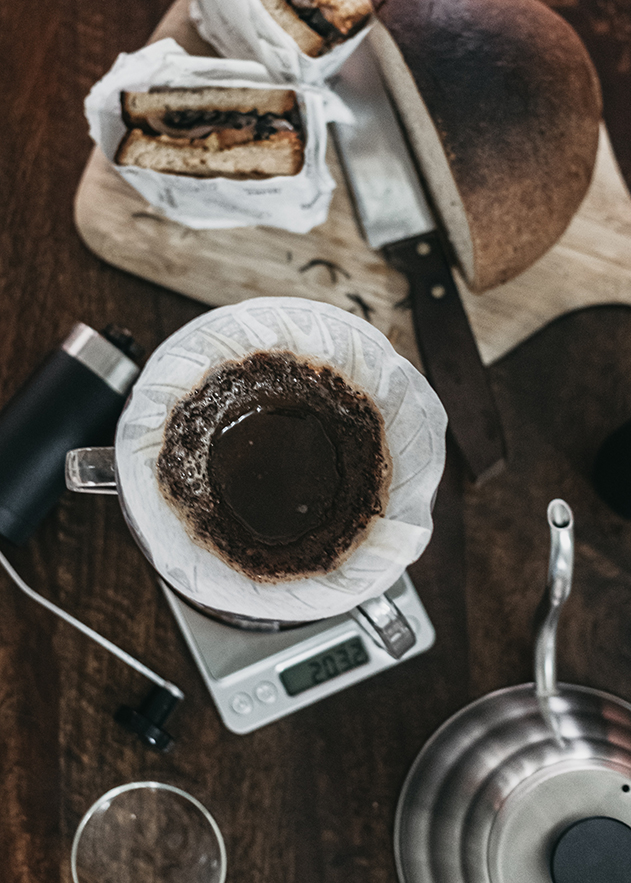Coffee tasting, or coffee cupping, is essential in the coffee industry. It’s a method used by professionals to evaluate the quality of coffee, focusing on aspects such as aroma and flavor profile.
This practice allows coffee enthusiasts and professionals alike to understand the nuances of different coffee varieties and make informed decisions about their coffee choices.
Read on to get an oversight of professional coffee tasting.
| Key Takeaways | |
|---|---|
| 1 | Coffee cupping is a professional practice for evaluating the quality of coffee, focusing on aspects such as aroma and flavor profile. |
| 2 | The coffee cupping process involves careful preparation, smelling the coffee, tasting it, and then evaluating based on its taste, aroma, and body. |
| 3 | Understanding the coffee aroma and flavor profiles is crucial in coffee cupping. The scoring system in coffee cupping is used to rate the quality of the coffee. |
History of Coffee Cupping
The practice of coffee cupping has a rich history, dating back to when coffee was first traded. Initially, it was a simple process of smelling and tasting the coffee to assess its quality.
Over time, as the coffee trade expanded and the demand for quality coffee increased, the process evolved into a more structured and professional technique. Today, coffee cupping is a sophisticated practice, with specific protocols followed by coffee professionals worldwide.
Understanding Coffee Cupping
Coffee cupping is a systematic process of observing the tastes and aromas of brewed coffee. It’s a professional practice that involves deeply sniffing the coffee, then loudly slurping it so it spreads to the back of the tongue. Coffee cupping aims to evaluate a coffee sample’s overall quality, including its aroma, taste, and body.

This practice is not limited to professionals alone. Any coffee lover can learn and perform coffee cupping. All it requires is an understanding the basic cupping process, a keen sense of smell and taste, and a passion for coffee.
The Coffee Cupping Process
The coffee cupping process begins with careful preparation. The coffee beans are ground to a texture similar to granulated sugar, and a specific amount is measured and placed into a cupping bowl. Hot water is poured over the grounds just off the boil.
The process follows these steps:
- Smell the coffee: After the coffee grounds have steeped in hot water for a few minutes, the crust that forms on top is broken with a spoon, releasing the coffee’s aroma. It is the first opportunity to smell the coffee.
- Taste the coffee: After it has cooled slightly, it’s time to taste it. A spoon is used to slurp the coffee, spreading it to the back of the tongue to taste it fully.
- Evaluate the coffee: The coffee is then evaluated based on its taste, aroma, and body.
Evaluating Coffee through Cupping
Understanding the coffee aroma and flavor profiles is crucial in coffee cupping. The aroma refers to the smell of the coffee, while the flavor profile describes the taste. Depending on the coffee variety, these can range from fruity and floral to chocolatey and nutty.
The scoring system in coffee cupping is used to rate the quality of the coffee. Each aspect of the coffee, including aroma, flavor, aftertaste, acidity, body, balance, and overall impression, is scored on a scale. The scores are then added to give a total score, determining the coffee’s quality.
Conclusion
Coffee cupping is an essential practice for anyone serious about coffee. It allows you to understand the nuances of different coffee varieties and appreciate the art of coffee making. Whether you’re a coffee professional or a coffee lover, learning and practicing coffee cupping can enhance your coffee experience.
So why not give it a try?
FAQs
- What are the four elements assessed in coffee tasting? The four elements assessed in coffee tasting are aroma, flavor, aftertaste, and body.
- How do you taste coffee professionally? Professional coffee tasting, or cupping, involves smelling the coffee, slurping it to spread it to the back of the tongue, and evaluating its aroma, flavor, aftertaste, and body.
- What is a professional coffee taster called? A professional coffee taster is often referred to as a Q Grader.
- What are the four sensory skills of coffee cupping? The four sensory skills of coffee cupping are smell, taste, touch (for temperature and texture), and sight (for color and consistency).

Written by Robbie – Coffee Writer and Researcher at MyCoffeeBeanz.com
Robbie has over 15 years of extensive experience working in the coffee industry in marketing. As a native New Yorker he loves the hustle and bustle of a big city and enjoys nothing more than breaking up his busy day with trips to the nearest coffee shop for a double espresso. Find out more about Robbie
